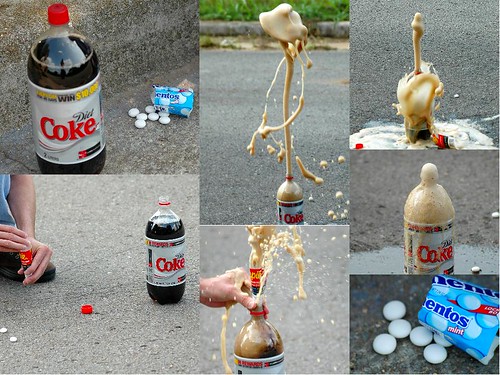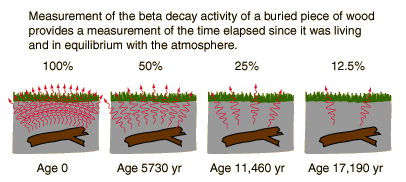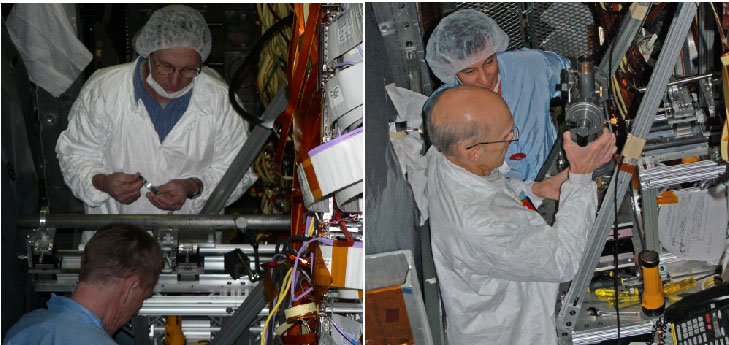By now, many of you have already come to know about the Mentos-Diet Coke explosion phenomenon. It has been the topic of discussion for quite a long time and the visual splendor of Coke shooting from two liter bottles to extraordinary heights has attracted so much attention in the past few months that the topic even made its way to famous programs like the Mythbusters or Timewarp aired on the Discovery channel.
Each and every video I watched and writing I read about this famous topic emphasized on how an eruption could be made to produce a “Coke Geyser”. Many of you might still have the formula in your mind:
4 Mentos + 2 Liter Diet Coke = Kabooooom!
Typical Coke Geysers
But I was really curious to find out why actually the phenomenon occurred. With a little help from my friends, teachers and the internet, I tried my best to piece together the moments just before an eruption occurs when Mentos is dropped into Diet Coke and this is what this article is all about.
The reaction between Mentos and Diet Coke is more of a physical reaction than chemical. Coke is mainly water with dissolved carbon dioxide, flavorings, and sweeteners. In most liquids, there is some dissolved gas. In high surface tension liquids like water, it is tough for bubbles to form because water molecules tend to be next to each other due to capillary forces. In order to form a new bubble or even to expand a bubble that has already formed, water molecules must be pushed away from each other. It takes extra energy to break this tight mesh of linked water molecules.
Surface Tension Leads To the Formation of Stable Liquid Drops
When Mentos candy is dropped into Diet Coke, the gelatin and Gum Arabic in the coating of the candy act as efficient surfactants. They lower the surface tension of the Coke and reduce the work done to produce bubbles. In Diet Coke, artificial sweeteners instead of sugars are used which are better surfactants. Also, the rate of reaction between Mentos and Coke with artificial sweeteners (i.e. Diet Coke) is very fast than that with conventional Coke.
The surface of Mentos is very rough. When magnified, the surface of Mentos can be seen to have numerous pits. These pits act as nucleation sites encouraging formation of bubbles on them. Though nucleation site theory is not yet clearly understood, but some scientists argue that at the nucleation sites, the curvature of bubbles get reduced and hence the surface energy is also small there. Thus at those sites, bubbles are preferentially formed. Some others argue that at the nucleation sites, the pattern of electrical forces between solvent molecules change which allow solute molecules to break free and escape (in the form of bubbles if the solute is a gas). It is based on this nucleation phenomenon, radiation detectors like Bubble chambers and Cloud chambers work.
Nucleation of carbon dioxide Around a Finger
Mentos candies are relatively heavy and thus they sink to the bottom as soon as they are added to Coke. The sinking Mentos undergoes a rapid physical reaction with the Coke. This coupled with the low surface tension of the Coke and the introduction of numerous nucleation sites leads to the formation of a large number of bubbles in a very short time. These evolving bubbles ascend and push all the liquid Coke above them with great force to cause an impressive eruption. This produces the characteristic “Coke Geyser”.
----
By Mahmud Hasan
The Aftermath Publications
----
The Aftermath Publications, Issue 2


























